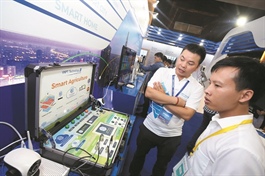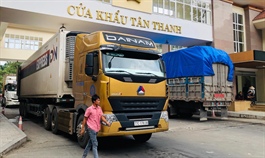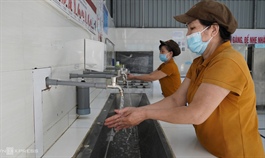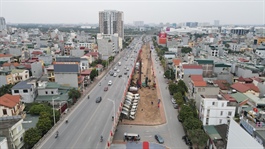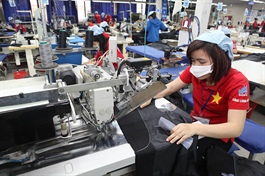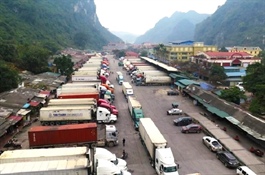Increased investment disbursement in H1 augurs future growth
Increased investment disbursement in H1 augurs future growth
Although the amount of foreign direct investment (FDI) registered in Vietnam in the first six months of 2021 was about 2.6 percent lower compared with the same period last year, economists believe the country remains an attractive investment destination, given its macroeconomic stability and other advantages.
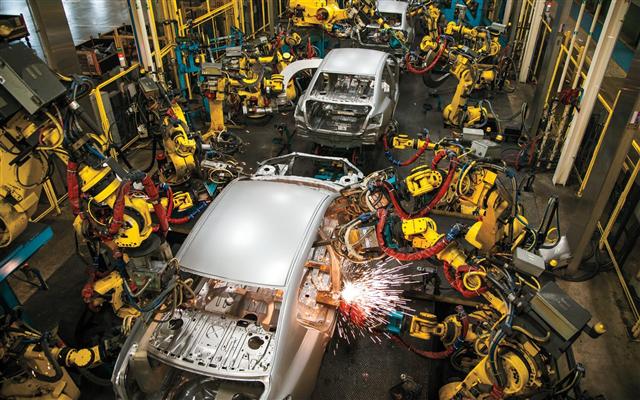
FDI in the processing and manufacturing industries has increased strongly
|
Economic highlights
According to the Ministry of Planning and Investment, in the first half (H1) of 2021, Vietnam attracted 804 FDI projects with total registered capital of US$9.55 billion, a year-on-year increase of 13.2 percent, while 460 projects registered capital increases totaling US$4.12 billion, up 10.6 percent. Also in the first six months, capital contributions and stock purchases by foreign investors totaled US$1.61 billion, down 54.3 percent compared with the same period last year.
In all, Vietnam attracted US$15.27 billion of FDI, equivalent to 97.4 percent of that in the same period last year. H1 FDI disbursement reached 9.24 billion, a year-on-year increase of 6.8 percent.
Pham Dinh Thuy, Director of the Industrial and Construction Statistics Department of the General Statistics Office of Vietnam under the Ministry of Planning and Investment, said that although the amount of FDI attracted in the first half of 2021 was lower compared with the same period last year, the disbursed amount was higher. Notably, capital of new projects and capital increases of ongoing projects grew 13.2 percent and 10.6 percent, respectively, despite the Covid-19 complications, adding bright points to the FDI picture.
Thuy added that FDI in the processing and manufacturing industries grew strongly. These industries topped the list of 18 sectors and fields attracting FDI in the first half of the year, with US$6.98 billion, accounting for 45.7 percent of the total registered amount, promising future economic growth.
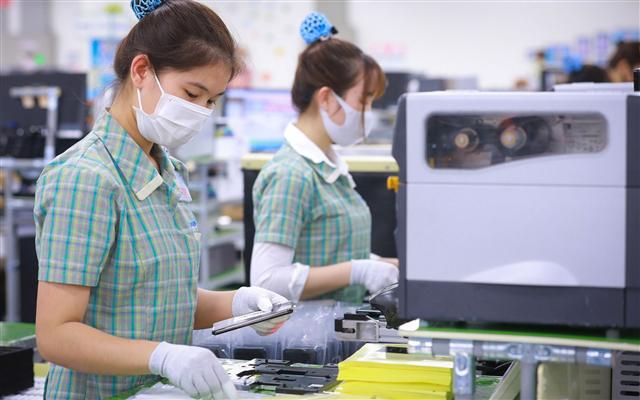
A highly qualified workforce will make Vietnam more attractive to foreign investors
|
Advantages
Thuy believes there will be opportunities for Vietnam to attract additional FDI in the second half of the year. His belief is based on Vietnam’s advantages such as political stability, continuous economic growth, deepening integration into the global economy, successful control of Covid-19, and a safe investment environment.
According to Deputy Minister of Planning and Investment Nguyen Thi Bich Ngoc, Vietnam’s participation in new-generation free trade agreements such as the Regional Comprehensive Economic Partnership (RCEP) and the EU-Vietnam Free Trade Agreement (EVFTA) facilitates Vietnam’s access to the free markets of 55 nations, including 15 G20 countries, enhancing its draw for foreign corporations.
However, competition among countries in the region and worldwide for FDI is becoming increasingly fierce. Meanwhile, the Covid-19 pandemic has created numerous difficulties for both domestic investment promotion and FDI attraction activities. Economists advise that in order to make the most of its investment opportunities, Vietnam should improve the quality of human resources, noting that some foreign investors have chosen other investment destinations after finding the workforce in Vietnam insufficiently qualified to meet their requirements.
| In June 2021, 33,787 FDI projects were ongoing in Vietnam with total registered capital of US$397.89 billion, of which US$241.1 billion had been disbursed, equivalent to 60.6 percent of the total. |





